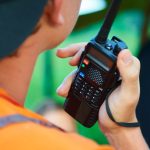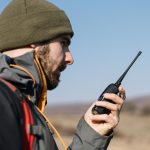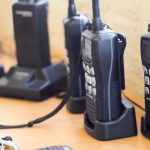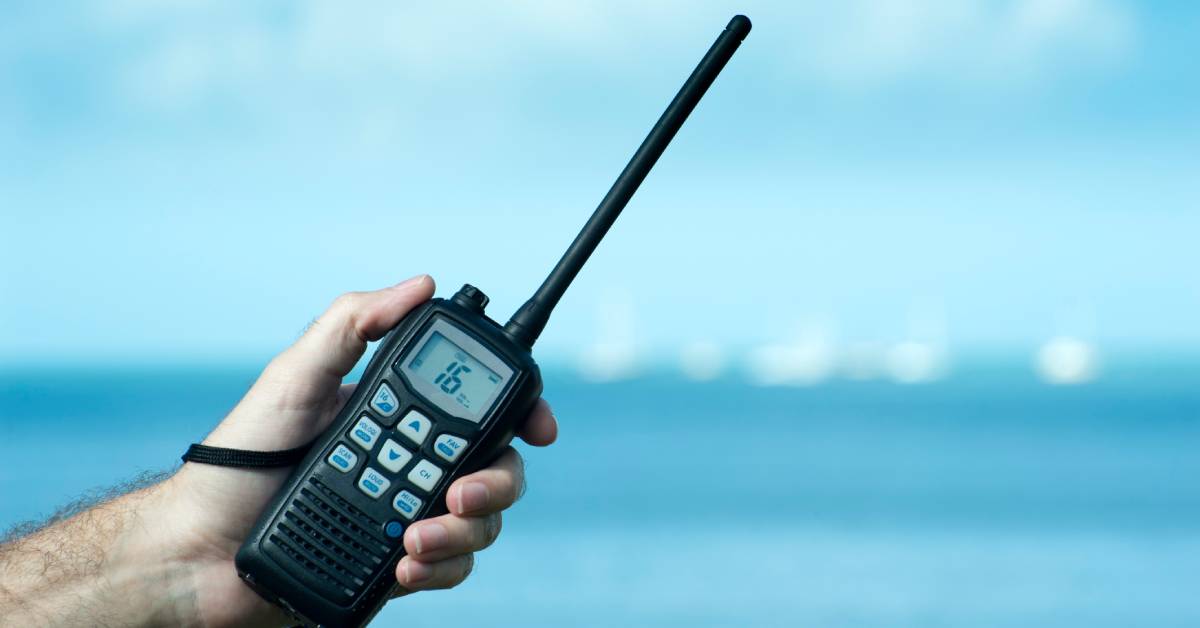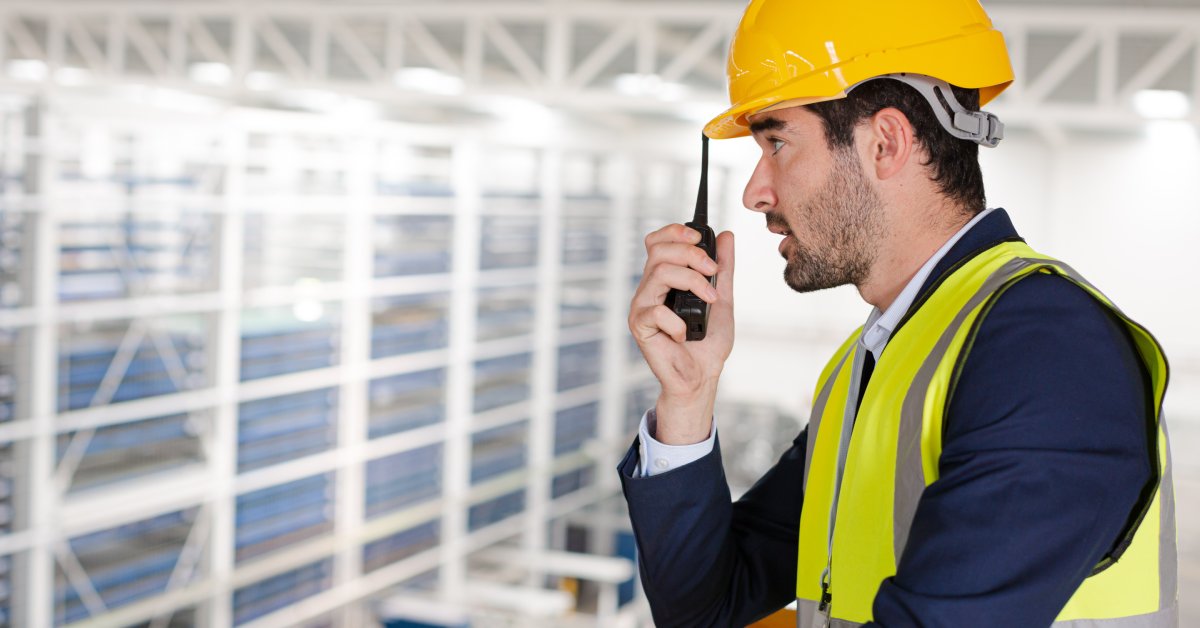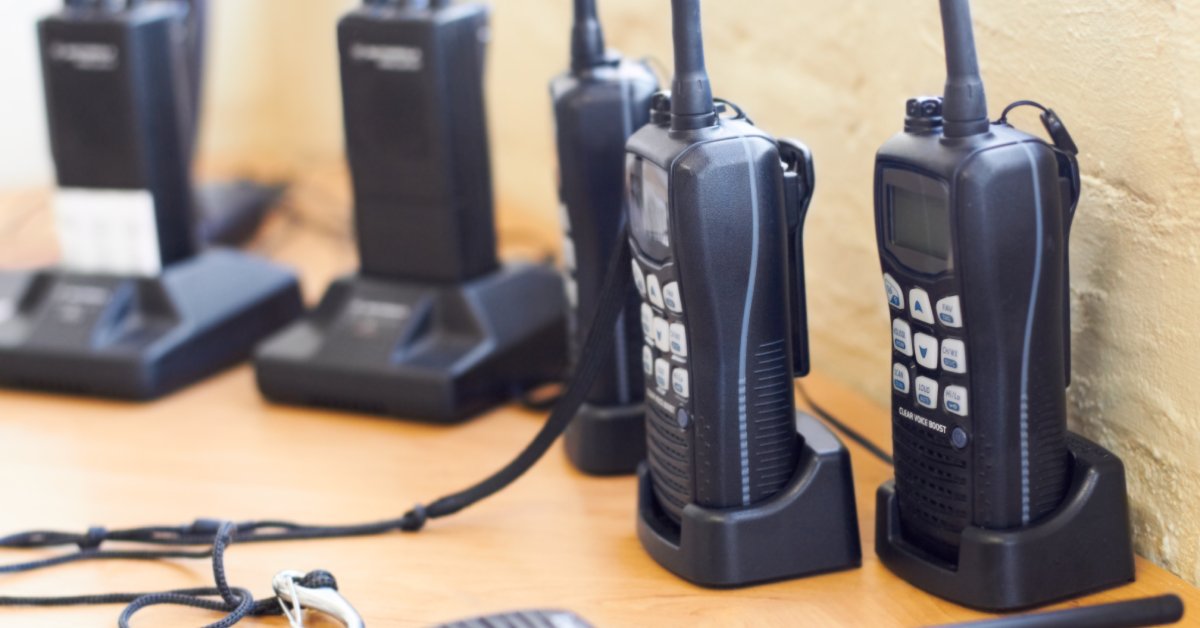Reliable communication is a non-negotiable priority in many industries, from public safety to construction and logistics. Two-way radios are often the backbone of efficient communication in these contexts, allowing teams to coordinate instantly without relying on external networks. However, when it comes to maintaining a radio’s performance, one component stands out for its vulnerability to environmental factors: the battery.
Weather conditions, including extreme temperatures and humidity, can significantly affect a two-way radio’s battery life and operation. For professionals relying on these critical devices, understanding how weather conditions impact two-way radio batteries can make all the difference in maintaining seamless communication. Read on to explore how two-way radios operate and what you can do to keep them functioning reliably.
Understanding Two-Way Radios
Two-way radios are communication devices that allow users to both transmit and receive radio signals, providing instant and reliable communication. Popular in industries such as emergency services, security operations, construction, and outdoor event management, these devices serve as vital tools in situations where immediate coordination is crucial.
Unlike smartphones, which depend on cellular networks, two-way radios operate through radio frequencies, making them highly dependable in remote locations and during emergencies where other networks might fail. Their portability, ease of use, and durability make them an indispensable asset in high-stakes environments.
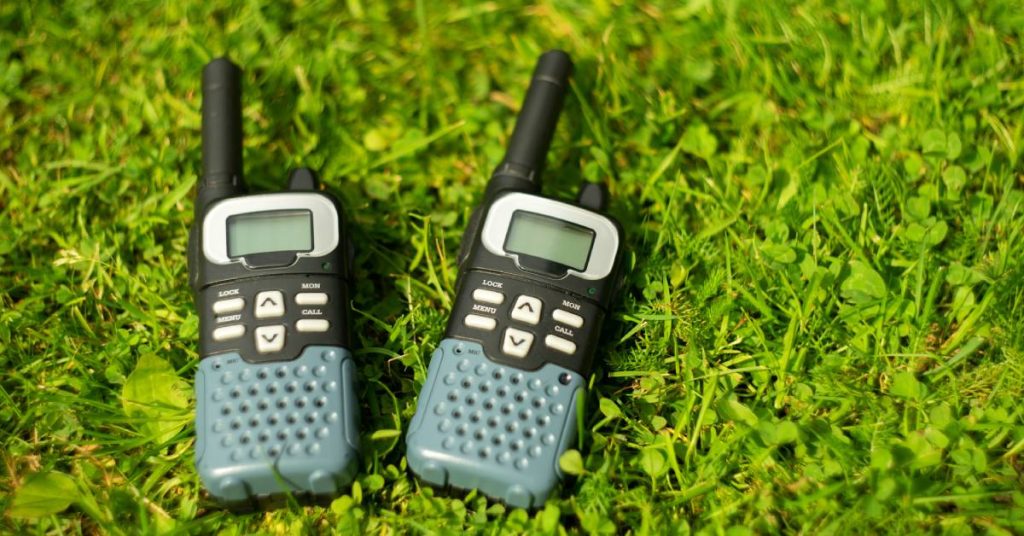
The Role of Batteries in Two-Way Radios
The performance of a two-way radio hinges on its battery. A well-functioning battery not only ensures seamless transmission but also impacts usability during long shifts or emergencies.
Most two-way radios today use rechargeable batteries, commonly lithium-ion (Li-ion) or nickel-metal hydride (NiMH).
Lithium-ion batteries are lightweight, have a high energy-to-weight ratio, and are less prone to memory effect (a condition where the battery’s capacity diminishes if not fully discharged). Nickel-metal hydride batteries are more cost-effective and environmentally friendly since they contain no toxic cadmium.
While these battery types are designed to support extended use, they are also sensitive to external conditions, particularly the weather.
How Weather Conditions Impact Two-Way Radio Batteries
Weather is a critical factor influencing battery performance. Here’s how different weather conditions can affect two-way radio batteries:
High Temperatures
Exposing two-way radio batteries to high temperatures can significantly degrade their lifespan and performance. Excessive heat causes the internal chemical reactions within the battery to accelerate, which can lead to swelling, reduced capacity, and, in extreme cases, permanent damage.
As a precaution, avoid leaving radios or spare batteries in direct sunlight or hot environments to maintain their reliability.
Low Temperatures
Conversely, cold weather can also have a negative impact on two-way radio batteries. Low temperatures slow down the chemical processes inside the batteries, resulting in reduced efficiency and shorter operating times. In some cases, extreme cold can cause batteries to lose their charge faster or prevent them from charging entirely.
To mitigate these effects, it’s best to keep radios and batteries insulated when operating them in freezing conditions.
Humidity and Moisture
While batteries typically have a seal to protect them from moisture, high humidity levels can still impact their performance. In areas with high humidity, water vapor can enter the battery housing through microscopic openings and react with the chemicals inside, leading to corrosion and degradation.
It’s vital to store radios and batteries in a dry environment and avoid exposing them to extreme humidity or moisture.
Rapid Temperature Fluctuations
Sudden changes in temperature can have an adverse effect on radio batteries. When moving from cold to warm conditions, condensation can accumulate within the battery and radio unit. If components get wet, it can lead to short circuits or corrosion of electronic components. Similarly, transitioning from a warm to a cold environment can cause the battery to contract, potentially impacting its structural integrity or performance.
To protect your equipment, allow your radios and batteries to gradually acclimate to new temperatures, and avoid exposing them directly to extreme or rapid temperature shifts.
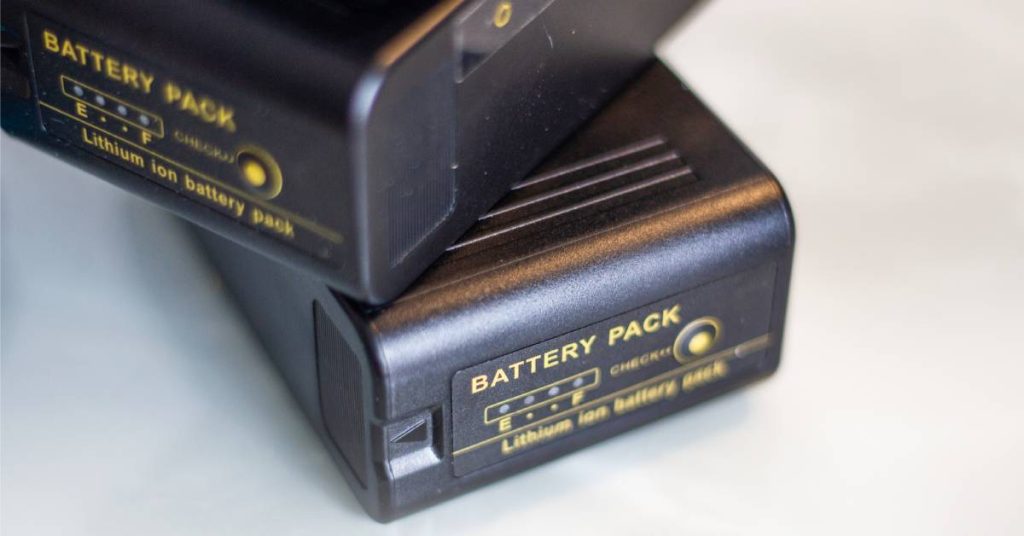
Best Practices for Battery Maintenance
To keep your two-way radio batteries performing optimally, follow these practical tips:
Keep the Batteries Clean
Regularly clean battery terminals and contacts to prevent dirt or corrosion from interfering with their performance. This ensures a strong connection between the battery and the rest of the device, maintaining consistent functionality.
Avoid Overcharging
Disconnect your batteries from their chargers once they reach full capacity. Overcharging can degrade a battery’s life over time, reducing its efficiency and longevity.
Store All Batteries at the Proper Temperatures
Keep the batteries in a cool, dry place, away from extreme heat or cold. Temperature extremes can cause chemical instability, reducing performance or permanently damaging the battery.
Use Manufacturer-Recommended Chargers
Always use chargers designed specifically for your type and model of battery. Incorrect chargers can lead to overcharging, undercharging, or unsafe conditions that may harm the battery.
Cycle Your Batteries Regularly
For rechargeable batteries, perform regular charge-discharge cycles to maintain optimal capacity. This practice prevents battery memory effect and ensures the best performance over time.
Inspect Your Batteries Periodically
Check for any signs of swelling, leakage, or damage. Identifying issues early can prevent further damage to your device and potential safety hazards.
Implementing these best practices helps to extend the lifespan of batteries, maintain consistent performance in your devices, and reduce the risk of battery malfunction, ensuring reliability when using your devices. Proper care also minimizes the unnecessary waste and environmental impact associated with improperly maintained or discarded batteries.
The Future of Two-Way Radio Technology
Battery manufacturers and two-way radio developers are working to mitigate the impact of weather on device performance. Here are some exciting advancements on the horizon:
- Enhanced Lithium-Ion Variants: Improvements in battery chemistry could make future Li-ion batteries more resistant to extreme temperatures.
- Graphene Batteries: Known for their superior thermal conductivity, graphene-based batteries could withstand harsher environmental conditions while offering faster charging and longer runtimes.
- Integrated Solar Charging: Solar-powered options are becoming more accessible, reducing dependency on external charging sources in outdoor environments.
- AI Battery Management Systems: AI-driven tools could offer real-time diagnostics, ensuring users are always aware of their battery’s health and requirements.
Overall, the future looks bright for two-way radio technology, with advancements expected to improve battery reliability and performance in all weather conditions. In the meantime, proper battery care and maintenance remain crucial for ensuring seamless communication in any setting.
Prepare Your Two-Way Radios for Any Condition
Environmental factors can present a formidable challenge for two-way radio battery performance. Understanding the effects of heat, cold, humidity, and fluctuating conditions is critical to preventing communication disruptions in high-demand situations. By exploring how weather conditions impact two-way radio batteries, you can safeguard your radio’s longevity and reliability, regardless of the weather.
If you’re looking for reliable two-way radio batteries that won’t let you down when you need them, Kenwood portable radio batteries offer excellent value, ensuring you stay connected in critical situations. Battery Distributors is here to give you everything you need to power your devices longer with a lower upfront cost.



